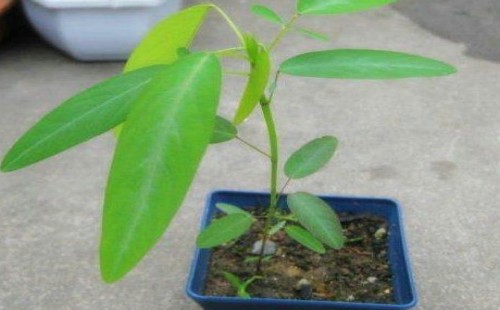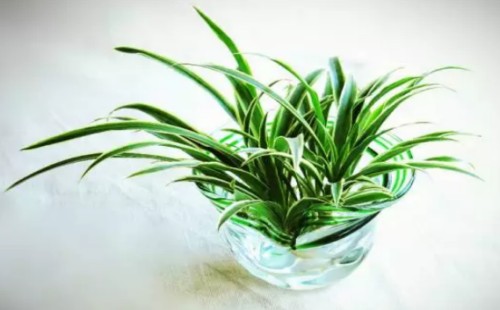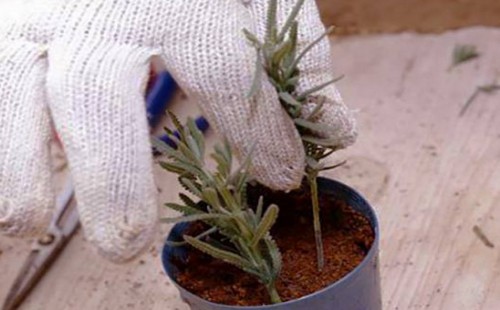Sowing method of dancing grass
Dancing grass, a grass-like non-grass plant, usually grows to a height of about 60 centimeters. When the potted seedlings grow to more than 25 centimeters and three leaves are pulled out from the petiole, they can often be appreciated. Because it is sensitive to light, temperature and sound waves, it tends to wobble, such as dancing.

As the dancing grass jumps very miraculously, so many potted friends like potted plants to grow this strange plant for viewing. On the other hand, dancing grass can breed young plants by sowing, and when the young plants grow to a certain height, they can be planted in pots as potted plants. So, how to sow the dancing grass? Next, the editor will share with you the sowing method of dancing grass.
I. seed treatment
Because the seeds of dancing grass are relatively hard, and the outer layer is covered with waxy substances. If the seeds are sown directly without treatment, it usually takes months for them to germinate. Therefore, in order to improve the budding rate and shorten the budding time, it is usually necessary to soak seeds in warm water.
First scrub the wax from the outer layer of the seed with dry sand, then soak it in warm water of 38 ℃ for more than a day. When the seed is fully absorbed and swollen, it is fished out, wrapped in gauze and placed in a warm and humid place to dry the excess water and then sow and reproduce.
2. Sowing process
The sowing of dancing grass can be carried out in all seasons of the year, as long as the temperature conditions are satisfied, the optimum temperature for original seed germination is between 20 ℃ and 28 ℃. But generally sowing from March to June, the budding rate is the highest. After preparing the flowerpot and the culture soil, sow the seeds on the culture soil, then cover it with a layer of fine soil 2-3 cm thick and spray the soil with water, and finally place the flowerpot in a dark and ventilated place for maintenance.
In order to create conditions suitable for seed germination, cover the pot mouth with a glass plate or plastic film to reduce excessive evaporation, and pay attention to opening the mulch every day to allow 15-20 minutes of air exchange inside and outside the basin. If it goes well, it will sprout smoothly after a week.
III. Seedling stage management
When the seed breaks its shell, sprouts and pulls out a pair of more symmetrical leaves, we should remove the glass plate or plastic film covering the mouth of the flowerpot in time, and then move the flowerpot to a sunny place that can receive scattered light to avoid direct sunlight. At the same time, proper control of water replenishment, so as not to basin soil too wet and affect the growth of seedlings. After the seedlings grow to a height of 3-5 cm, they can be divided into pots and transplants.
IV. Planting in pots
Select the seedlings with relatively strong growth from the original pot and transplant them to different flowerpots, generally transplanting with soil, which is more conducive to taking the pot and restoring normal growth. If you choose a larger flowerpot, you can plant 2-3 seedlings in one pot. After completing the planting in the pot, the soil around the potted seedlings was gently compacted, then watered once, and then the flowerpot was placed in a cool and ventilated place to slow the seedlings. After Xiaomiao takes the basin completely, the normal maintenance and management can be restored.
Time: 2019-06-07 Click:
- Prev

Formula of hydroponic Magnolia nutrient solution
The root of Cymbidium is not only white, but also very fat, so it is very suitable for viewing as an aquaculture. Therefore, hydroponic hanging orchids can not only watch the leaves, but also hurt the roots, and even have the opportunity to watch flowers. Therefore, when we hydroponically cultivate the orchid, it is recommended to choose a transparent glass container. Mainly to facilitate the appreciation of the beautiful white root.
- Next

Can lavender be cut?
Lavender is the first choice of family potted plants by many potted friends because of its striking fragrance and high ornamental value. So, can lavender be cut? In fact, lavender can be propagated by sowing, cuttage, striping, stem splitting and so on. However, all things considered, as a family potted user
Related
- Fuxing push coffee new agricultural production and marketing class: lack of small-scale processing plants
- Jujube rice field leisure farm deep ploughing Yilan for five years to create a space for organic food and play
- Nongyu Farm-A trial of organic papaya for brave women with advanced technology
- Four points for attention in the prevention and control of diseases and insect pests of edible fungi
- How to add nutrient solution to Edible Fungi
- Is there any good way to control edible fungus mites?
- Open Inoculation Technology of Edible Fungi
- Is there any clever way to use fertilizer for edible fungus in winter?
- What agents are used to kill the pathogens of edible fungi in the mushroom shed?
- Rapid drying of Edible Fungi

